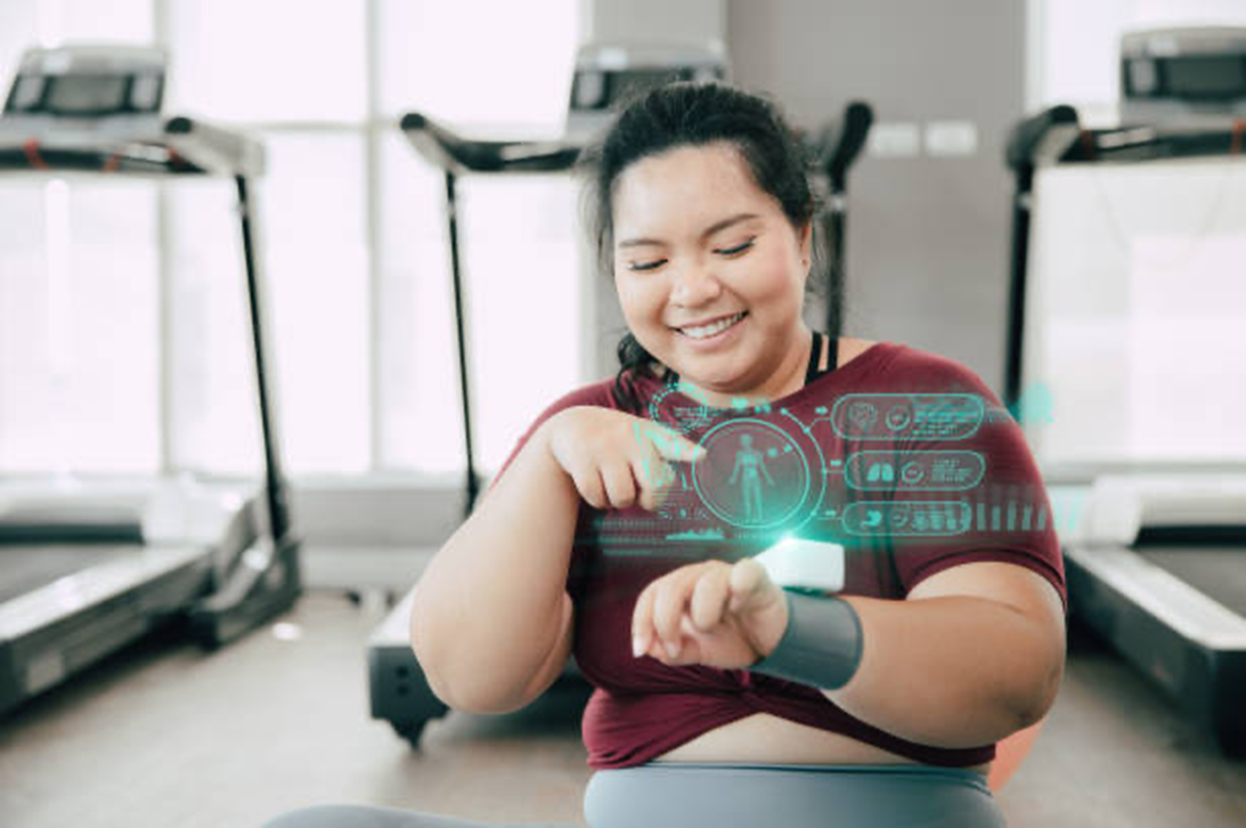Imagine your workplace as a bustling city, with each employee navigating their daily routines like vehicles on a highway. Some travel smoothly while others hit roadblocks disguised as fatigue, stress, or lack of motivation. Traditional workplace wellness is like traffic signs that provide general guidance that may not be suitable for all. Thus, the integration of AI is like a smart GPS that assesses the individual needs of the user and offers personal routes to better health.
Behavioural science and AI
AI can impact the operational function of workplace wellness programs by introducing interventions that are individually tailored, more engaging, and effective. A useful way to put this into context is through the Theory of Planned Behaviour (TPB). It is a psychological model explaining how beliefs shape actions. TPB suggests that our behaviour is influenced by three main factors:
- Attitude Toward the Behaviour: Do I believe this health change is beneficial?
- Subjective Norms: Are others around me doing it too?
- Perceived Behavioural Control: Do I feel capable of making this change?
By integrating AI into wellness programs, we can influence these factors, making it easier for adoption by employees and ensuring sustainable healthy behaviours.
Personalising Wellness Programs
One of AI’s biggest strengths is the ability to personalise wellness programs. Instead of generating a generic plan or a one-size-fits-all fitness challenge, AI systems can analyse an employee’s health data to create customized recommendations. Activity levels, sleep patterns, and stress indicators can be useful waypoints for AI to conduct an in-depth analysis that will determine the most suitable plan for each employee.
Example: Imagine an app that tracks employee’s activities through a smartwatch. With AI, it can detect irregular sleep patterns through comparisons with weekly, and monthly sleep patterns, recommending relaxation techniques before bed. Also, if daily activity levels dip, the app can recommend a short, personalised workout routine. This approach makes health programs more relevant to the individual, increasing participation and fostering a positive attitude towards behaviour change which is one key component of TPB.

Enhancing Social Support
We are all aware of the positive effects of peer influence. AI can enhance social support through creating a sense of community and trust in workplace wellness initiatives. Peer support can also increase engagement in digital AI health interventions. This can then be utilised to connect employees with similar health goals or commitment levels, allowing them to encourage and motivate each other throughout.
Example: An AI-powered wellness platform might display anonymous participation rates for a company’s fitness challenge in a leaderboard format. When the less active employees see others actively participating, they feel encouraged to join in. Similarly, AI could match employees with workout partners or wellness accountability buddies based on shared interests. This reinforces subjective norms which makes healthy behaviours feel like a social norm.

Identifying and Overcoming Barriers
One of the biggest obstacles to behaviour change is perceived difficulty or in TPB terms, Perceived Behavioural Control. If someone regards a health change as too difficult due to time constraints, fatigue, or lack of access to resources, they will be less willing to try. This is where AI can possibly identify these barriers and provide solutions. By identifying and mitigating obstacles to healthy behaviours, AI systems work to enhance one’s self-efficacy and their belief in their ability to perform these behaviours, thereby increasing individuals perceived behavioural control.
Example: A potential AI function might detect an employee frequently skipping workouts due to extended working hours. Instead of sending them a generic reminder notification to exercise, AI could suggest a quick, desk-friendly stretching routine that fits into their schedule seamlessly. By offering realistic, manageable alternatives, AI allows employees to feel more in control of their behaviour change, increasing their PBC and the likelihood of success.

Final Thoughts
AI is no longer just a futuristic concept; it is actively reshaping workplace wellness. By personalising interventions, reinforcing positive social norms, and enhancing access to health resources, AI has the potential to drive lasting behavioural change. The intersection of AI and behavioural science highlights exciting possibilities for transforming employee well-being. As AI continues to evolve, its ability to integrate psychological insights with real-world applications offers a promising future for workplace health, making wellness initiatives more effective.
This article was written by Shirin Qistina Binte Mohamad Mahffood as part of her 4th year psychological science placement with The BeUpstanding Team.
![]()









Comments are closed.